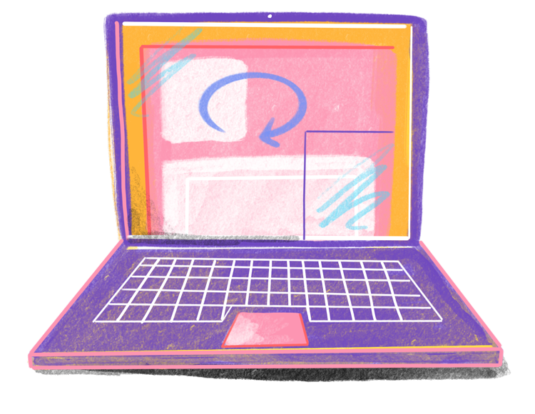Shared notes enhance communication and engagement among patients, clinicians, and family members and can be an important facilitator of shared decision making. Patients report valuable clinical benefits, including improved adherence to their medications and treatment plans. Patients want transparency, and those who have experienced shared notes believe the practice should continue. Most providers who share notes want to continue the practice as well and do not report an increase in time spent writing notes.
Studies
OpenNotes: How the power of knowing can change health care
The OpenNotes initiative is engaging patients through shared clinical notes. What have we learned since its debut, and how will open access continue to change the health care landscape?
Patient access to online radiology reports: Frequency and sociodemographic characteristics associated with use
Rationale and objectives: Our objective was to evaluate the frequency with which patients viewed their online radiology reports in relation to clinical and laboratory notes and identify sociodemographic factors associated with report viewing.
Method and materials: We conducted a cross-sectional study of 129,419 patients who had online patient portal access in our large health system in 2014. We determined whether patients viewed their radiology reports, laboratory reports, and clinical notes. We also collected patient sociodemographic information including gender, age, primary spoken language, race/ethnicity, and insurance status. We performed multivariate analyses to determine significant associations between viewing of radiology reports and viewing of other types of clinical reports and patient characteristics.
Health Records All Access Pass
Many healthcare organizations are striving to improve patient engagement by facilitating patient access to clinical notes in the electronic health record (EHR) via patient portals. The University of Washington Health System (UW Medicine) in Seattle, WA, was an early participant in research on patient portals as one of the three OpenNotes study sites.
Since the time of this study, the OpenNotes initiative has now grown into a national movement to improve patient engagement by granting patients the ability to view clinical notes in the EHR. Based on UW Medicine’s positive experience during the pilot study, the organization opened patient access to all clinical notes via an electronic portal throughout its entire health system.
Patient portals and personal health information online: Perception, access, and use by US adults
Background: Access to online patient portals is key to improving care, but we have limited understanding of patient perceptions of online portals and the characteristics of people who use them.
Methods: Using a national survey of 3677 respondents, we describe perceptions and utilization of online personal health information (PHI) portals.
Family Perspectives on Whiteboard Use and Recommendations for Improved Practices
Of all families, approximately one-half were not informed about whiteboards and one-third did not use them. Reasons for nonuse were largely modifiable. Parents made aware of their whiteboard by their care teams demonstrated increased likelihood of active whiteboard use, highlighting the importance of education and suggesting a gap in harnessing the full potential of whiteboards as communication tools. Families’ recommendations can help inform whiteboard practices to strengthen communication and care.
Patients and families as teachers: a mixed method assessment of collaborative learning model for medical error disclosure and prevention
Despite growing interest in engaging patients and families (P/F) in patient safety education, little is known about how P/F can best contribute. We assessed the feasibility and acceptability of a patient–teacher medical error disclosure and prevention training model. We developed an educational intervention bringing together interprofessional clinicians with P/F from hospital advisory councils to discuss error disclosure and prevention. Patient focus groups and orientation sessions informed curriculum and assessment design. A pre-post survey with qualitative and quantitative questions was used to assess P/F and clinician experiences and attitudes about collaborative safety education including participant hopes, fears, perceived value of learning experience and challenges. Responses to open-ended questions were coded according to principles of content analysis.
When doctors share visit notes with patients: a study of patient and doctor perceptions of documentation errors, safety opportunities and the patient–doctor relationship
Patient advocates and safety experts encourage adoption of transparent health records, but sceptics worry that shared notes may offend patients, erode trust or promote defensive medicine. As electronic health records disseminate, such disparate views fuel policy debates about risks and benefits of sharing visit notes with patients through portals.
Patients, Care Partners, and Shared Access to the Patient Portal: Online Practices at an Integrated Health System
Shared access is an underused strategy that may bridge patients’ health literacy deficits and lack of technology experience and that helps but does not fully resolve concerns regarding patient and care partner identity credentials.
Opening Residents’ Notes to Patients: A Qualitative Study of Resident and Faculty Physician Attitudes on Open Notes Implementation in Graduate Medical Education.
OpenNotes is a growing national initiative inviting patients to read clinician progress notes (open notes) through a secure electronic portal. The goals of this study were to (1) identify resident and faculty preceptor attitudes about sharing notes with patients, and (2) assess specific educational needs, policy recommendations, and approaches to facilitate open notes implementation.



